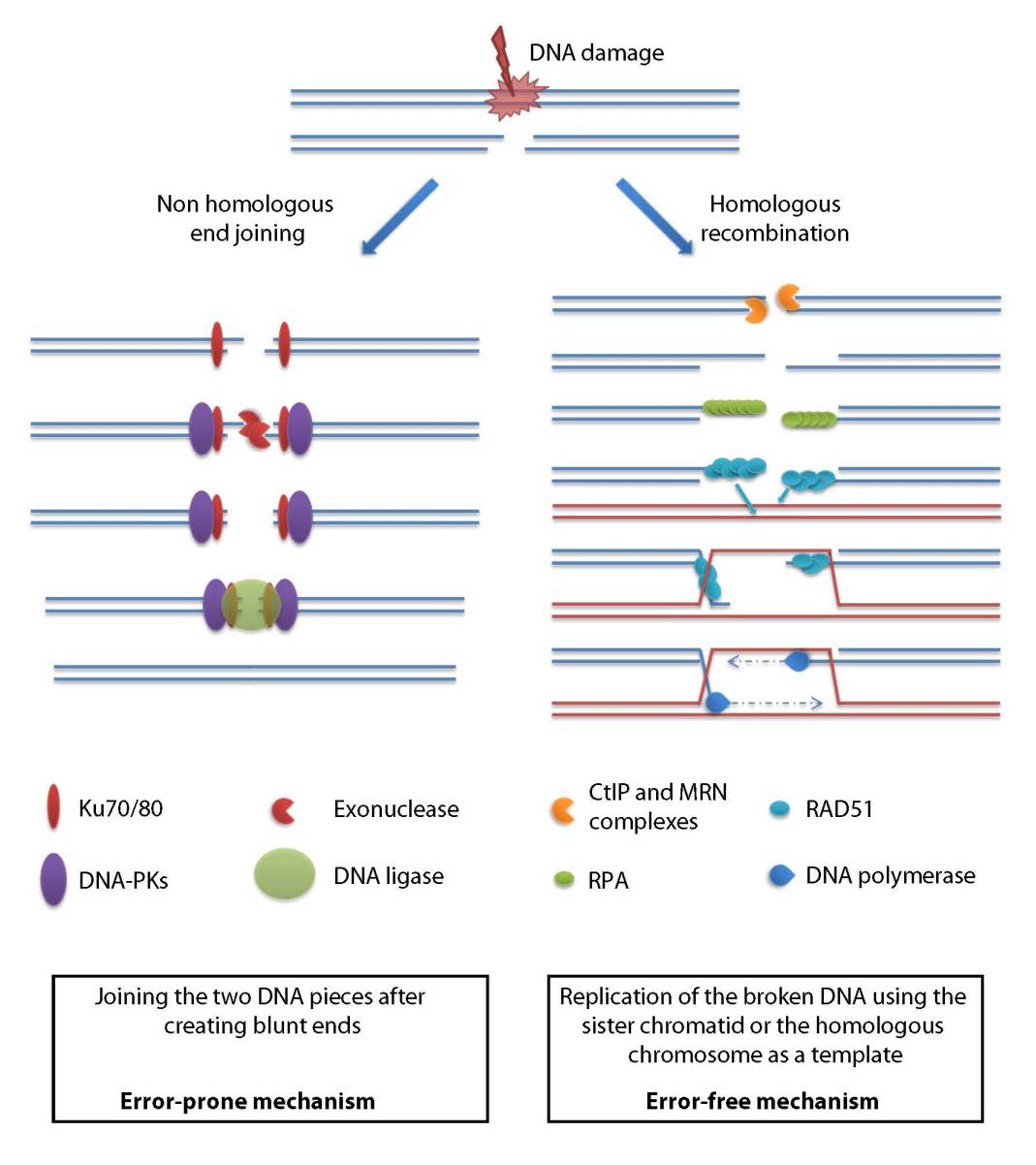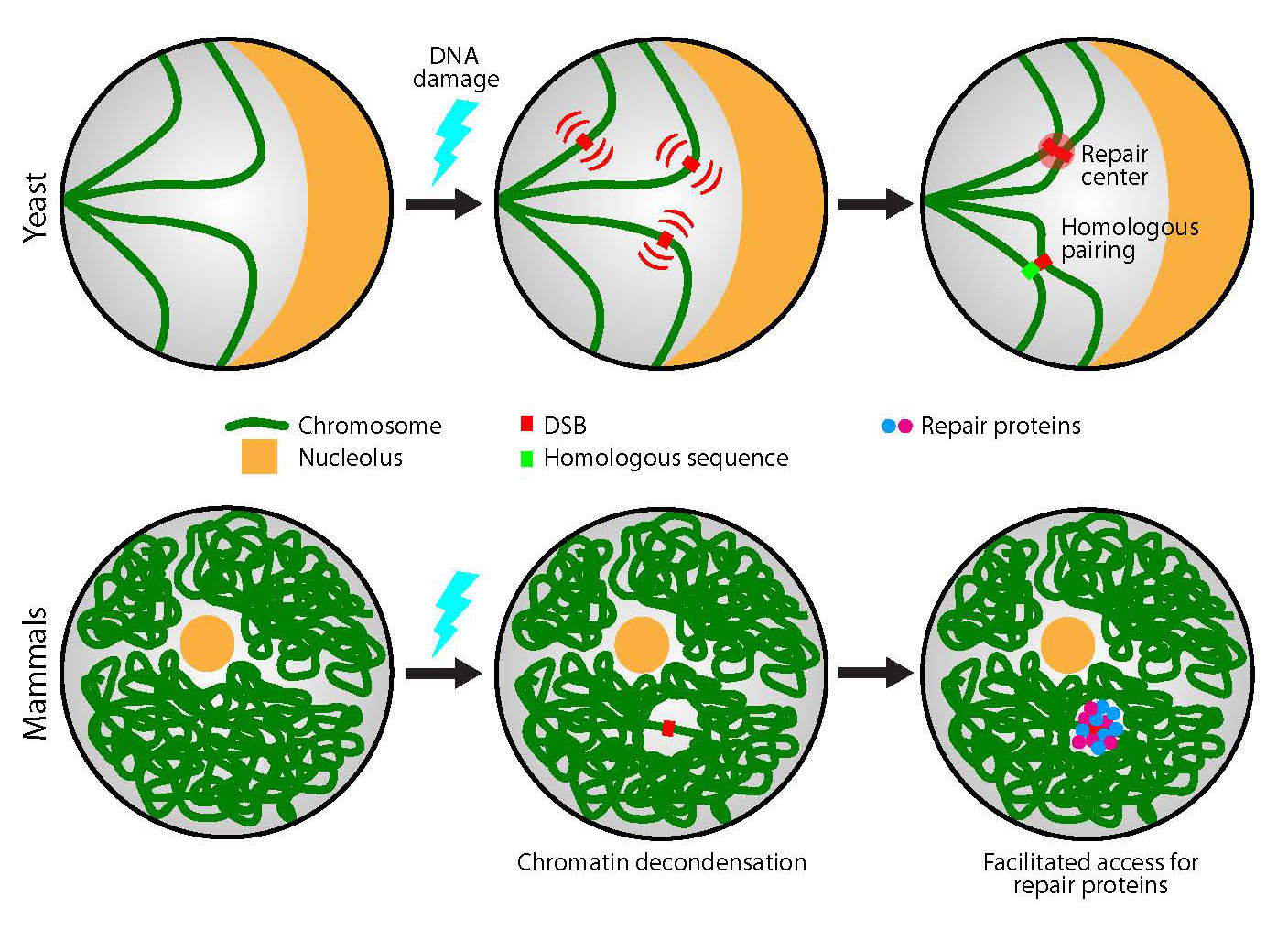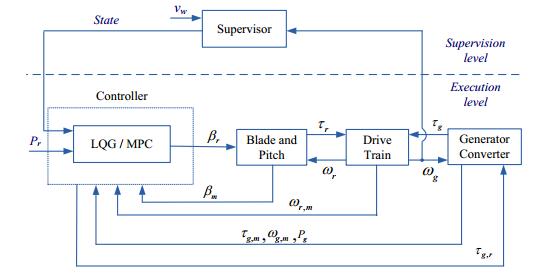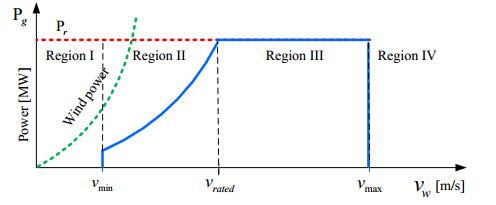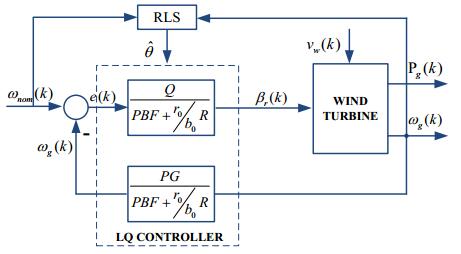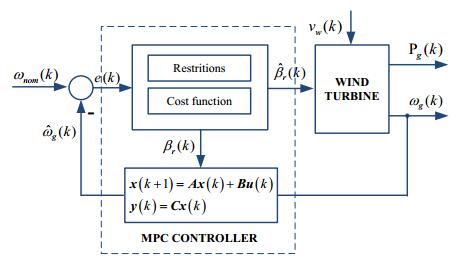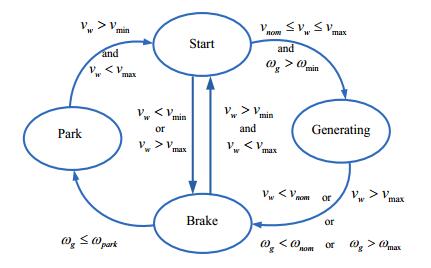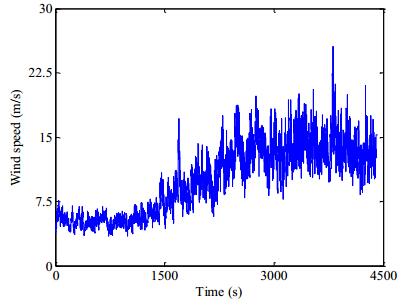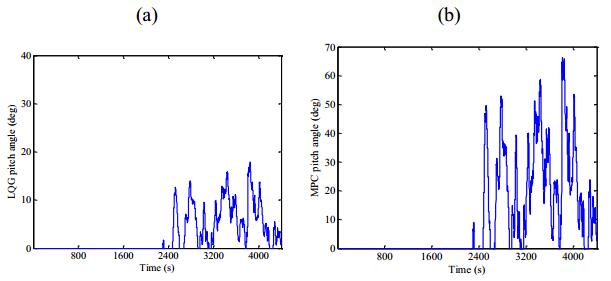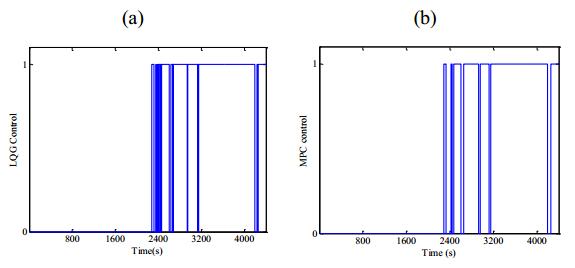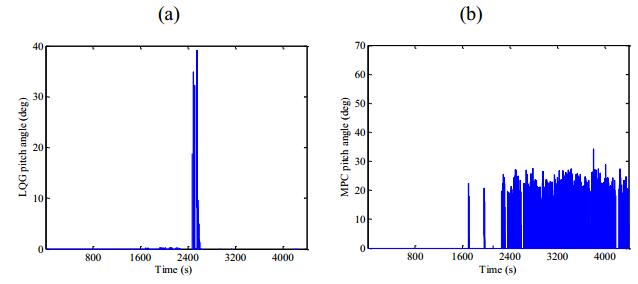1. Introduction
Chromatin, one of the most complex supramolecular structures in the cell, displays several organizational levels spanning over four orders of magnitudes in size from the 2-nm diameter of the DNA double helix to the few tens of micrometers of chromosome territories in the nucleus [1]. This packing state of chromatin is thought to influence all cellular functions acting on DNA. For example, even though the causal link between these two processes remains unclear, the modulation of transcription is associated with major changes in the chromatin organization [2]. While we have a relatively good understanding of nucleosome structure and function and that of the chromosome territories, the multiple organizational levels between these two extreme structures remain poorly understood and are the subject of intense research.
In the present review, we will focus on the interplay between chromatin and DNA repair, which has been receiving growing attention over the last years. Recent studies have shown that major chromatin remodeling events occur in the vicinity of DNA lesions [3,4]. However, it is still largely unknown whether these remodeling events are a mere consequence of the repair processes or play an active role in the resolution of DNA breaks. We will first review our current knowledge about chromatin structure and dynamics in the absence of DNA damage and in response to the induction of such damage. Second, we will examine the potential functional roles of chromatin dynamics during the DNA repair processes. Finally, we will speculate on how recent chromatin polymer models combined with high-resolution spatio-temporal data could help to bridge the gap between the modifications of the internal organization of the chromatin fiber induced by the DNA repair machinery and the changes in chromatin dynamics assessed by light microscopy.
2. The Organizational Levels of Chromatin: from the Nucleosome to Chromosome Territories
Similar to proteins, chromatin displays a hierarchical organization [2]. The primary structure encompasses the nucleosome architecture and the internal packing of the chromatin fiber, meaning the spatial distribution of the nucleosomes along this fiber. For many years, the classical view has been that the beads-on-a-string fiber composed of nucleosomes alternating with linker DNA spontaneously folds into a thicker 30-nm fiber [5,6]. However, the existence of this folding level was recently questioned by several studies that failed to identify the 30-nm fiber in the interphase nucleus using different high resolution imaging methods [7,8]. More recently, data obtained in yeast with a new chromosome conformation capture approach leading to mono-nucleosome resolution [9] suggested the existence of small compact tetranucleosome structures similar to those previously observed in-vitro [6], but did not demonstrate the presence of longer regular 30-nm fibers.
The secondary structuring level of the chromatin fiber relies on the formation of loops due to long-distance interactions along this fiber. Although the existence of chromatin loops of kilobase-to-megabase sizes has been widely documented [9,10], their distribution along the fiber and their stability remain debated [11]. These loops may be the elementary component of a recently identified structural unit: the topologically associated domains (TADs) [12,13,14], which correspond to compact structures encompassing ~1Mb of DNA and characterized by a high probability of contacts along the chromatin fiber.
Finally, the ternary structure of the chromatin corresponds to the spatial distributions of the TADs and, at larger scales, of the whole chromosomes, within the nucleus. The TADs associate to form larger compartments sharing similar features, such as an opened chromatin state or a defined gene density [15], reminiscent of the original definition of euchromatin and heterochromatin areas. Studies analyzing the spatial distributions of whole chromosomes showed that they were not widespread over the nuclear volume but occupy compact and largely mutually exclusive areas called chromosome territories [16,17]. The positioning of these territories in the nucleus is not random and is probably partially defined by interactions with the inner nuclear membranes [18].
So far, we only described a snapshot of chromatin architecture. However, several studies have reported rapid chromatin motions at scales up to ~1 µm [19,20,21,22], which would suggest that chromatin architecture is highly dynamic at all the organizational levels below chromosome territories [23]. These local chromatin motions probably originate both from passive thermal fluctuations and active remodeling mechanisms but the relative contributions of each component is still a subject of investigations [24,25].
3. Current Methodologies Available to Analyze Chromatin Dynamics
Chromatin dynamics in the living interphase nucleus can be directly analyzed at multiple scales in space and time using different fluorescence-based imaging methods. The main difference between these approaches resides in the size of the assessed chromatin area. The movements of chromosome territories within the nucleus can be followed by confocal microscopy using fluorescently tagged histones [26,27]. Single chromosomes or sub-chromosomal areas can be identified by local photobleaching or photoactivation of the fluorescent proteins [28]. This approach can also be used to characterize chromatin compaction, in the context of the DNA damage response [29]. The minimal chromatin area that can be studied with this approach is defined by the size of the laser spot used to photobleach or photoconvert the tagged histones, which probably encompasses several Mb of DNA wrapped around thousands of nucleosomes.
To study the dynamics of smaller chromatin areas, DNA can be directly labeled by the incorporation of fluorescent nucleotides during replication [30]. The labeled areas thus correspond to replication foci that contain ~0.8Mb of DNA [31]. Another common labeling approach uses repeated bacterial sequences, such as the Lac or the Tet operator, integrated into the genome. The binding of the associated repressor proteins tagged by fluorescent dyes to this DNA stretch, whose size is approximately 100 kb, generates a fluorescent spot whose trajectory can be followed under the microscope [32]. Although this strategy has demonstrated its usefulness in analyzing chromatin motion (see below), it is known to suffer from several pitfalls. For instance, the integration of these DNA arrays containing a large number of repeated sequences tightly bound to repressor proteins induce the formation of fragile sites and the transcriptional silencing of the surrounding genes [33,34]. Interestingly, it was recently reported that shorter DNA recognition sequences of only one kilobase can be used to assess chromatin motions [35]. Moreover, the newly developed tools for genome editing such as the TALEs or CRISPR/Cas systems can also be applied to fluorescently tag short target DNA sequences in living cells [36,37]. These new approaches would allow not only to solve the issues related to the repetitive nature of the Lac or Tet arrays but also to follow the dynamics of s
maller chromatin regions. The different methods mentioned so far to assess chromatin dynamics were based on the local labeling of predefined chromatin regions. An alternative is to label uniformly the chromatin, using for example fluorescently tagged core histones, and to use image correlation methods to characterize the local chromatin movements [38,39].
4. Chromatin Dynamics in the Absence of DNA Damage
Although the global architecture of chromatin is stable during interphase [26,27], local movements with amplitudes of 0.3 to 1 µm have been reported in multiple organisms: bacteria [22], yeast [19] and higher eukaryotes [40,41]. Most of the reports studying chromatin motion are based on the analysis of the mean squared displacement (MSD) curves calculated from the tracks of fluorescently labeled chromatin foci [42]. Diffusion coefficients derived from these MSDs range between 10−5and 10−3 µm2/s [40,41]. By comparison, the diffusion coefficient of a 30 kD globular protein in mammalian nuclei is several magnitudes higher, 10-40 µm2/s. Interestingly, chromatin mobility is usually higher in yeast than in mammals, maybe due to the fact that mammalian chromosomes are longer than the yeast ones and thus more difficult to move [43]. The analysis of the MSD curves also indicates that chromatin dynamics do not correspond to pure diffusion but rather to anomalous diffusion or subdiffusion [44] (Figure 1). Such diffusion patterns arise either when molecules diffuse in complex heterogeneous media [45] or when studying thermal fluctuations within a polymer [46], both of which could explain the observed chromatin dynamics. Interestingly, the subdiffusive motion of the chromatin seems homogeneous within a large range of timescale from 10−2 to 102 s [44,47], suggesting that the components responsible for these chromatin motions act at multiple timescales. In rare cases, transient directional chromatin movements have been also reported [20].
Although contradictory results have been reported [25,40], several studies indicate that local chromatin motions are principally due to ATP-dependent processes rather than thermal fluctuations [19,24,38]. Multiple active processes are probablyresponsible for chromatin dynamics. While the influence of the DNA replication status is unclear [19,25,48], modulations of transcription levels correlate with changes in chromatin motions [49,50]. In this context, the ATP-dependent chromatin remodeler INO80 is an important regulator of chromatin dynamics [51]. In the case of directed motion related to transcription activation, the involvement of actin dependent transport has been reported [52,53]. Besides these active processes directly acting on chromatin, the nuclear environment surrounding chromatin also influences its movements. The tethering of chromatin to stable nuclear structures such as the lamina or the nucleoli reduces chromatin motions [54]. Moreover, a recent report revealed that the viscoelastic properties of the complex and heterogeneous nuclear environment also modulate chromatin dynamics [55].
5. Chromatin Dynamics upon DNA Damage
Chromatin dynamics in the context of DNA repair mechanisms has been mainly analyzed for the most deleterious form of DNA damage: double strand breaks (DSBs). Eukaryotic organisms activate two main mechanisms to repair DSBs (Figure 2): homologous recombination (HR) and non-homologous end joining (NHEJ). HR requiresthe pairing between the broken DNA and an intact homologous sequence, which is used as a template for the faithful repair [56]. Instead, NHEJ directly religates the broken ends without the need for an intact template, making this type of repair more error-prone [57]. The changes in chromatin architecture associated with the activation of these DSB repair pathways have been studied mostly in yeast and mammalian nuclei. While chromatin dynamics is in the same range in yeast and mammals in the absence of DNA damage, the induction of DSBs is associated with a very different response of the chromatin architecture in the two model systems. This observation may be related to the fact that HR is the major DSB repair pathway in yeast while NHEJ dominates in differentiated mammalian cell lines [58].
5.1. The yeast paradigm
In yeast, chromatin dynamics was assessed by tracking fluorescently labeled chromosomal loci during two different steps of the DSB repair by HR: the early resection process and the later homologous pairing phase. During resection, a strong inhibition of the chromatin motions was observed [35]. Chromatin dynamics associated with homologous pairing was characterized mainly in terms of confinement radius, which corresponds to the size of the region explored by the tracked locus. The induction of DSBs by restriction enzymes or pharmacological treatment was associated with an expansion of the nuclear area explored by the mobile damaged locus, even if the amplitude of this expansion varies depending on the locus of interest and the ploidy of the cell [59,60]. Surprisingly, the induction of DNA damage not only affects the dynamics of the damaged site but also induces an overall increase of chromatin mobility in diploid cells [3]. The fact that this global effect was not observed in haploid cells under similar conditions [59] suggests that it only occurs when a damaged chromosome needs to explore the nucleus to find and pair with its homologue. It is also important to note that the modulation of chromatin movements at DNA breaks depends on the type of DNA damage since spontaneous breaks occurring during DNA replication display decreased mobility compared to undamaged DNA [48]. Several members of the DNA repair machinery are implicated in the modulation of the chromatin dynamics in relation to DNA damage: the recombinase protein Rad51, the ATR mediator Mec1 and the INO80 nucleosome remodeling complex [59,60], but the exact mechanism by which these repair proteins regulate chromatin motions remains unknown.
In addition to the increased chromatin mobility, several studies describe the clustering of multiple DSBs. Lisby et al. showed the co-localization of DNA lesions in foci containing the repair factor Rad52 suggesting that these multiple DSBs are driven to a shared location, the so-called “repair centers” or “repair factories” [61]. When no homology is found and DSBs persist, Rad51, a protein involved in homology pairing, remains on the broken DNA indicating persistent homology search which ultimately leads to the relocation of the DSBs to the nuclear periphery [62,63]. Altogether, the different data obtained in yeast thus suggest a global picture in which the enhancement of the mobility of DNA breaks is a key step for their efficient repair (Figure 3).
5.2. The mammalian paradigm
While recent publications allowed us to draw a relatively clear picture of the modulation of chromatin dynamics in yeast upon induction of DSBs, the situation in mammalian nuclei appears much more complex. On the one hand, there are several findings similar to the yeast-like model in which damaged DNA gains mobility and, in some cases, relocates to repair-competent areas. After irradiation by α-particles, the damaged chromatin displays enhanced mobility compared to undamaged DNA [64] and tends to fuse into clusters [65]. Similarly increased dynamics was also found for uncapped telomeres, which can be recognized as DSBs [66]. Finally, damaged DNA in heterochromatin tends to move into euchromatin where γH2AX foci are formed, suggesting that this relocation step is necessary for proper signaling and repair [67,68]. This mechanism, which is also observed in Drosophila melanogaster [69], may limit the risk of deleterious chromosomal rearrangements within the highly repetitive heterochromatin. However, there are numerous reports that do not observe pronounced changes in chromatin mobility upon damage induced by γ or UV-laser irradiation [29], X-ray irradiation [70], ion irradiation [71] or enzymatically-induced DSBs [72,73].
Besides the analysis of chromatin movements, many publications also investigated the modulation of the chromatin compaction state at DNA breaks. Smerdon and Lieberman showed in 1978 that UV-induced DNA damage gives rise to an increased sensitivity of chromatin to nucleases [74]. This higher accessibility at the nucleosomal level upon DNA damage is correlated with chromatin decondensation at the micrometer scales accessible by light microscopy [29,75], even though the causal link between these two remodeling events occurring at different scales is still unclear (Figure 3). Following this initial fast decondensation, the damaged chromatin area slowly recondenses [4], potentially reaching higher compaction levels than before damage induction [76].
Currently, we have no precise clue about the molecular mechanisms regulating chromatin packing upon DNA damage. Multiple proteins are recruited to the DNA breaks. Some of them, such as PARP1, promote chromatin decondensation [4,77], while others, such as HP1, induce the formation of a closed chromatin state [78,79]. It is unclear how the action of these proteins with opposite effects on chromatin packing is coordinated. Khurana and colleagues proposed that chromatin decondensation and compaction occur sequentially through a balance between the factors intervening in these two processes, this coordination being a key determinant of the choice of the repair pathway [4]. Alternatively, Hinde et al. suggested a model in which both chromatin expansion and compaction processes happen at the same time but in distinct regions of the chromatin in the vicinity of the DNA breaks [39].
6. Functional Roles of Chromatin Dynamics at the DNA Breaks
The data reviewed so far identify major changes in both chromatin mobility and compaction state during the DNA damage response. In this section, we will investigate the functional roles of these chromatin-remodeling processes.
Regarding the yeast model, it has been postulated that the increased mobility of DSBs may promote homology search, which is the limiting factor in HR (Figure 3). This is supported by the fact that the increased chromatin mobility upon DNA damage is absent in yeast depleted for proteins involved in homology search [59,60]. The increased chromatin movements may also promote the merging of multiple DSBs in repair foci [61]. The formation of nuclear bodies is a classical cellular response to promote different functions due to the local accumulation of specific proteins [80].
In this context, the DSB clusters may constitute areas highly favorable for efficient repair. However, it is interesting to note that increased chromatin mobility at the DNA breaks is not generally observed in mammalian nuclei. Two reasons may explain these differences between yeast and mammals. The first is the amplitude of the nuclear movements relative to the size of the nucleus. In the yeast nucleus characterized by a 2 µm diameter, chromatin loci already explore a significant fraction, about 10-20 %, of the nuclear volume in the absence of DNA damage [81]. Following a modest increase in chromatin mobility, this value increases to ~50 % upon DNA damage [59], allowing the efficient search for the intact homologous sequence required in HR. In mammalian nuclei, the amplitude of chromatin motions in the absence of damage is in the same range than in yeast but the volume to explore is two orders of magnitude bigger. Consequently, the efficient exploration of the nucleus for homologous pairing would require a strong increase in chromatin movements, which may only be achieved by major unfolding of the chromatin fiber. Nevertheless, long-range chromatin displacements can occur in mammalian nuclei as observed in the case of transcriptional activation [52]. Thus, rather than the potential inefficiency of the nuclear exploration for homologous pairing, chromatin may not display increased mobility at DNA breaks in mammalian cells to limit the risk of deleterious chromosome translocations, which could ultimately lead to cancer development [51,73,82]. Indeed, a recent genome-wide analysis of chromosomal rearrangements in mammalian nuclei shows that the physical proximity to the DSB is a key determinant in the probability of translocation events [83]. Altogether, the potentially inefficient and risky pairing step with the homologous chromosome required for HR in unreplicated genomes may explain why mammalian cells rather use NHEJ to repair DSBs in G1 and only switch to HR when a close-by sister chromatid is available. It remains however unclear why the risk of ectopic translocation inherent to HR might be more tolerable in unicellular organisms such as yeast than in multicellular higher eukaryotes.
In addition to the modulation of chromatin movements, the activation of the DNA repair machinery is also associated with changes in chromatin compaction. It is assumed that chromatin decondensation following DNA damage is a necessary step and its impairment greatly inhibits the repair process [84]. A straightforward model is that chromatin decondensation facilitates DNA access to repair proteins (Figure 3) as illustrated by the hypersensitivity of the chromatin to nucleases at the DNA breaks. However, this simple model should be considered with caution because several studies reported that molecular tracers of sizes up to a few hundred kDa can easily diffuse through the nucleus and penetrate even the densely packed heterochromatin [85,86]. It was also proposed that the chromatin packing state may influence the way that proteins scan for binding sites, which correspond to DNA breaks in the case of repair proteins, along the chromatin fiber [86]. In addition, it was recently suggested that it is the over-compaction of chromatin at DNA breaks rather than its decondensation that may trigger the recruitment of some repair components [76]. The chromatin over-condensation or recondensation following DNA damage in association to the recruitment of heterochromatin proteins [4,76,79] may originate from the necessity to both inhibit transcription of the damaged DNA and keep the loose broken DNA ends in close proximity to facilitate repair.
To reconcile these different and sometimes contradictory observations, we will require a better understanding of the types of DNA lesions created with the different DNA damaging methods [87,88]. Other parameters such as the differential activation of distinct DNA repair pathways depending on the cell type or the cell cycle, or the time-window at which the chromatin movements are assessed, must be also analyzed carefully.
7. The Future Step: Relating the Changes in Chromatin Dynamics at DNA Breaks to the Activity of the DNA Repair Machinery
The changes in the chromatin architecture at DNA breaks described in the previous sections may be the direct consequence of the modifications of the physical properties of the DNA polymer upon damage. DSBs occurring in particular in the linker DNA could dramatically destabilize the chromatin fiber. Single and double strand DNA breaks may also lead to a local release of topological constraints, a key component of the chromatin packing state [89,90]. However, the fact that the chromatin remodeling mechanisms observed at DNA breaks are inhibited when impairing specific DNA repair pathways [59,60,77] suggest that these remodeling mechanisms are not the mere physical consequences of breaks along the DNA but are rather driven by the activity of the DNA repair machinery.
The DNA repair machinery directly acts on the chromatin fiber via three major mechanisms: i) nucleosome destabilization, ii) alteration of the nucleosome-nucleosome interactions within the fiber and iii) nucleosome repositioning [91]. Thesechromatin remodeling processes involve a complex choreography of molecular actors. The most canonical post-transcriptional modification found at DSBs is the phosphorylation of the H2AX histone variant, which is a major signal controlling the recruitment of several members of the DNA repair machinery. It may also play a structural role by promoting chromatin relaxation [92] or nucleosome destabilization [93,94] at DNA breaks. The formation of negatively charged chains of poly-ADP-ribose, another post-transcriptional modification often found at DNA breaks [95], on the linker histone H1 is thought to induce the relaxation of the chromatin fiber due to the repulsion between the neighboring nucleosomes within the fiber [96,97]. The histone variant H2A.Z also appears as a key regulator of the nucleosome stability at DNA breaks [98]. Finally, multiple ATP-dependent chromatin remodeling enzymes are recruited at DNA damage sites. These enzymes are often part of multi-subunits complexes, fuelled by the energy provided by ATP hydrolysis to actively alter histone-DNA interactions leading to nucleosome sliding, eviction or histone exchange [99]. Altogether, these different molecular actors of the DNA repair machinery acting on the nucleosomes will have a major impact on the internal organization of the chromatin fiber, which we identified in the first section of this review as the primary structure of chromatin. It remains however largely unknown how these changes occurring on this primary structure will influence the higher hierarchical folding steps of the chromatin to ultimately lead to the modifications of the chromatin movements or compaction levels that were reviewed above .In the following, we will show how recent developments in high-resolution fluorescence microscopy and in the modeling of chromatin architecture by polymer physics may help in building an integrated description of the interplay between chromatin architecture and DNA repair mechanisms.
Chromatin dynamics in living nuclei is usually studied by tracking diffraction-limited fluorescent spots corresponding to defined tagged chromatin areas. This approach allows to assess chromatin movements as small as a few tens of nanometer, well below the nominal spatial resolution of optical microscopy, provided that the signal-to-noise ratio (SNR) of the tracked spots is sufficiently high [100]. For many years, reaching high SNR required the labeling of chromatin regions containing about 0.1 to 1 Mb of DNA, thus preventing the direct characterization of the dynamics of the smaller structural units of chromatin [54]. The recent progress in single-molecule imaging abolished this limitation since single fluorescently labeled nucleosomes [101] or single dyes incorporated in the DNA [102] can be detected in living cells, allowing to follow their local movements [103]. When used in fixed samples for ultrastructure reconstruction, these single-molecule imaging approaches also further our understanding of the fine-scale organization of chromatin [104,105,106]. These new methodologies will refine our description of the dynamic chromatin architecture in the absence of and following DNA breaks. To study the dynamic structural information of chromatin at an even smaller scale, the analysis of fluorescence resonance energy transfer (FRET) signals between fluorophores attached to chromatin components, such as histones, appears to be a promising method [107]. Because FRET is sensitive to variations of few nanometers in the distance between the two fluorophores, the recording of the variations of FRET signals upon DNA damage should help to identify subtle changes in the packing state of chromatin.
Given the complexity of chromatin architecture and the diversity of experimental approaches to study chromatin structure and dynamics, the precise understanding of the interplay between the chromatin state and DNA repair mechanisms would clearly benefit from an integrated multiscale model describing the spatial organization of chromatin in the interphase nucleus. In 2009, Emanuel et al. made the provocative statement that, with the resolution of the experimental methods available at the time, any of the structural models could fit the data [108]. Nevertheless, since then, we gained significant quantitative understanding about the dynamic chromatin architecture. Based on these new findings, different models have been proposed. A very simple polymer model was introduced by Rouse in 1953 [109]. The polymer is modeled as a chain of beads connected with springs and the contributions of volume exclusion and hydrodynamic interactions are neglected. Surprisingly, this model agrees very well with the experimental data describing chromatin movements in bacteria [110] and yeast [44]. Nevertheless, fitting these data with the Rouse model leads to an unrealistic highly flexible chromatin fiber with a persistence length of only few nanometer [44]. In addition, while the subdiffusive motion displayed by chromatin in bacteria and yeast appears homogeneous over the assessed timescales in agreement with the predictions of the Rouse model [44,110], the situation in mammalian nuclei is more complex with different subdiffusive regimes depending on the timescales [47]. These different results call for polymer models more complex than the Rouse chain to describe the subdiffusive chromatin movements [111].
In 2009, based on the spatial proximity maps obtained by Hi-C methods (high throughput sequencing combined to chromosome conformation capture), it was proposed that chromatin adopts a particular metastable compact configuration: the fractal globule [15,112]. Noteworthy, this fractal feature nicely agrees with data obtained using different methods [113]. Yet, this model suffers from several limitations. In particular, it fails to predict the compact structure of chromosome territories [114]. To obtain this compact configuration, multiple models have been proposed to take into account the formation of dynamic chromatin loops [114,115,116]. One interesting feature associated with the presence of loops is that they allow the generation of chromatin structures that agree with the fluorescence in-situ hybridization (FISH) data, while limiting the formation of knots, which are thought to be deleterious for the cells [117]. Despite not being a necessary condition [43], these loops may also contribute to the spontaneous unmixing of chromosomes, which could explain the existence of chromosome territories [118,119]. It remains, however, unclear whether the loop formation requires specific interactions along the chromatin fiber [114,120] or if non-specific, entropy driven, contacts are sufficient [121]. Very recently, Zhang et al. have used Hi-C contact maps to define an effective energy landscape for the chromatin fiber [122]. Based on this energy function, they could simulate chromatin architectures that recapitulate the formation of loops and their assembling into topologically associated domains. Besides the chromatin polymer itself, a global model should also include its surrounding heterogeneous environment. For example, the crowding induced by the numerous macromolecules (proteins, RNA...) diffusing through the nucleus seems to have a major impact on chromatin architecture [113].
8. Conclusion
Even though if it is now clear that complex chromatin remodeling events occur at DNA breaks, we still have some difficulties to draw a clear picture of the interplay between the DNA repair processes and the dynamic chromatin architecture. Among others, two elements would help to make significant progress in this direction. First, we would need a global and integrated description of the chromatin architecture in the absence and upon DNA damage. Second, we should investigate more precisely the impact of the multiscale chromatin organization on the ability of DNA repair proteins navigating through the nucleus to find their target and bind to it. The recent technical breakthroughs achieved to investigate chromatin structure at high resolution and the development of complex polymer models of the chromatin will definitely help to answer these questions in the future. Altogether, we foresee that advances in the establishment of an integrated chromatin polymer model together with the improving spatial and temporal resolution of the methods used to analyze chromatin architecture should greatly refine the description of chromatin organization. Once such a refined picture will be available, it will perhaps be possible to better understand how remodeling events occurring at the fiber level such as those induced by molecular actors of the DNA repair machinery, can influence chromatin architecture at multiple space scales.
Acknowledgments
This work was supported by grants from the Agence National de la Recherche (JCJC-SVSE2-2011, ChromaTranscript project) and from the European Union (FP7-PEOPLE-2011-CIG, ChromaTranscript project). G.T. acknowledges the financial support from the Deutsche Forschungsgemeinschaft (TI 817/2-1) and from the Worldwide Cancer Research (#14-1315).
Conflict of Interest
The authors declare no conflict of interest.









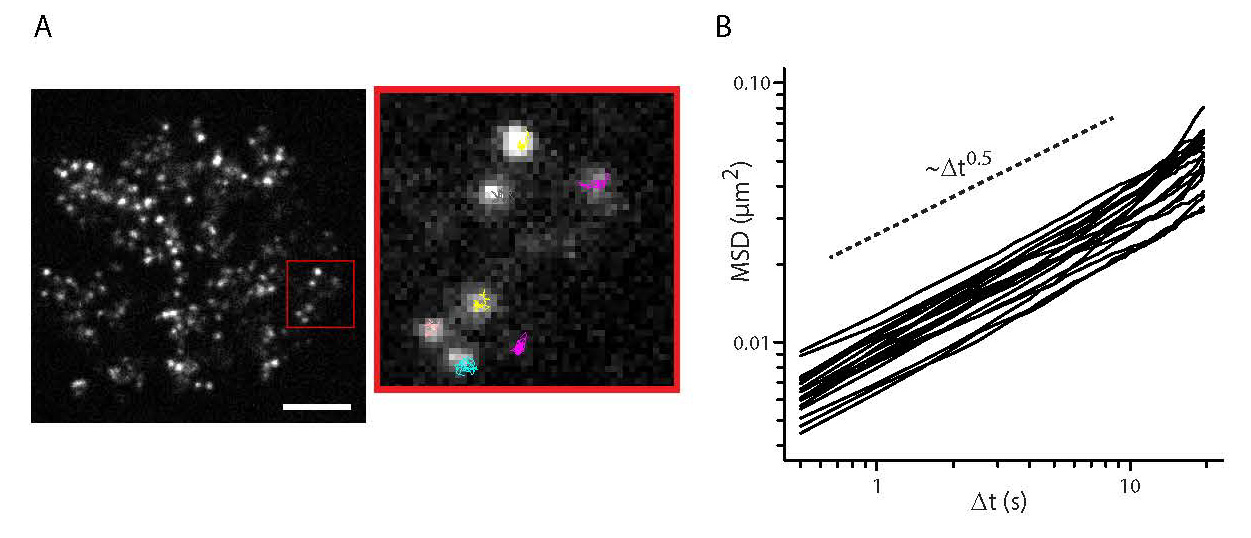
 DownLoad:
DownLoad: 